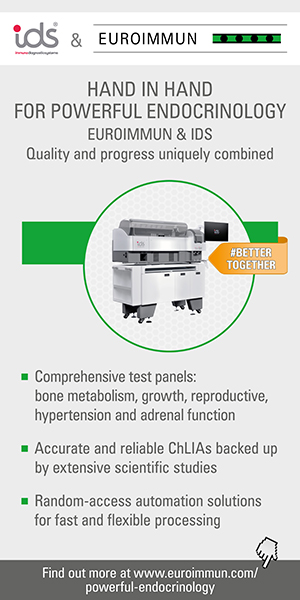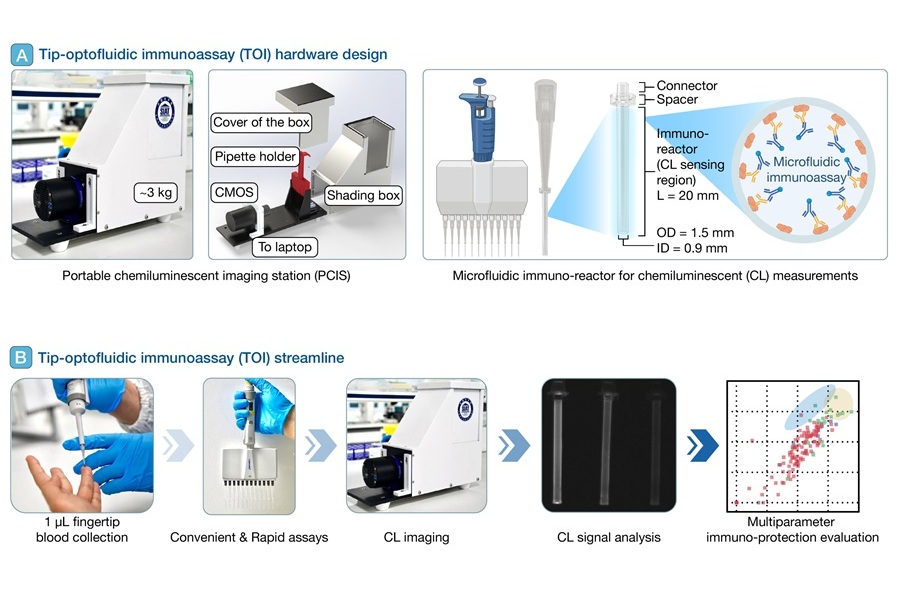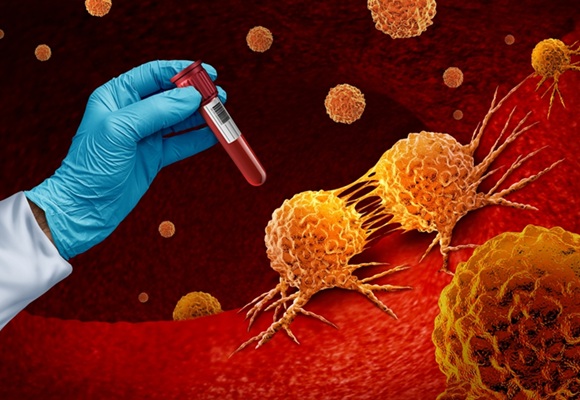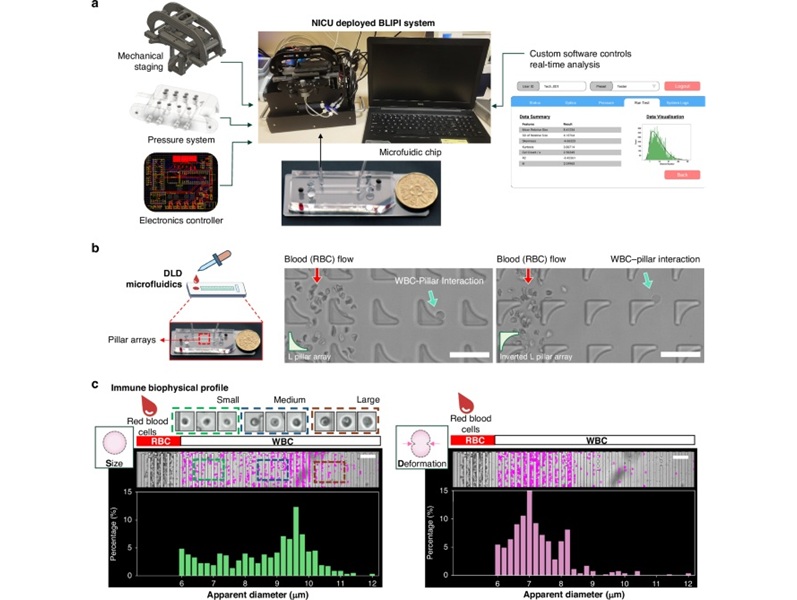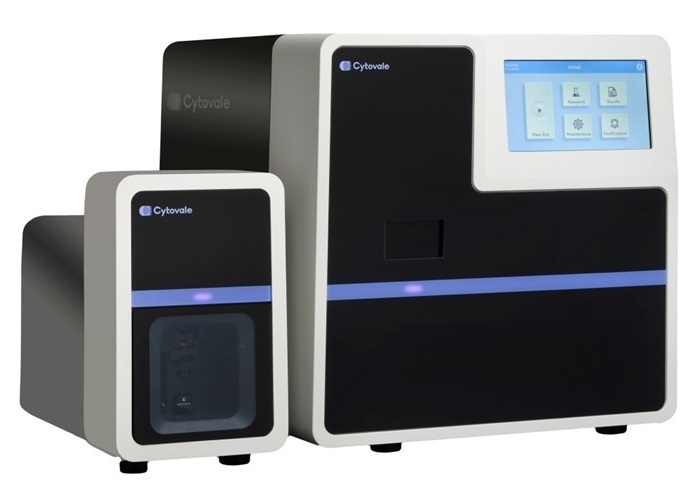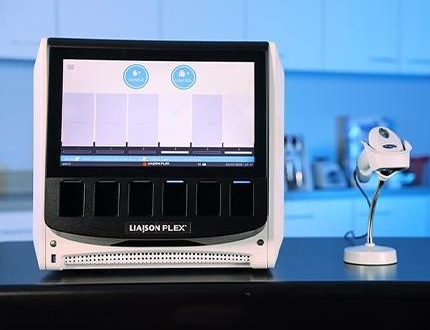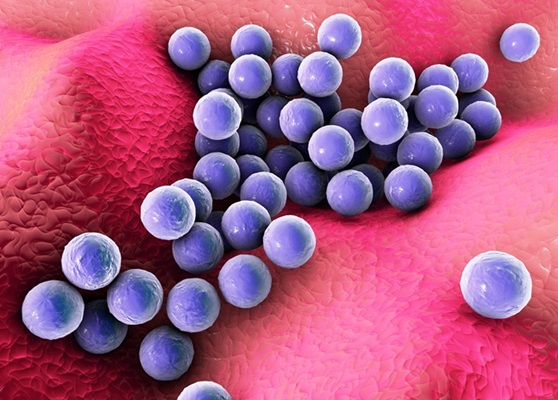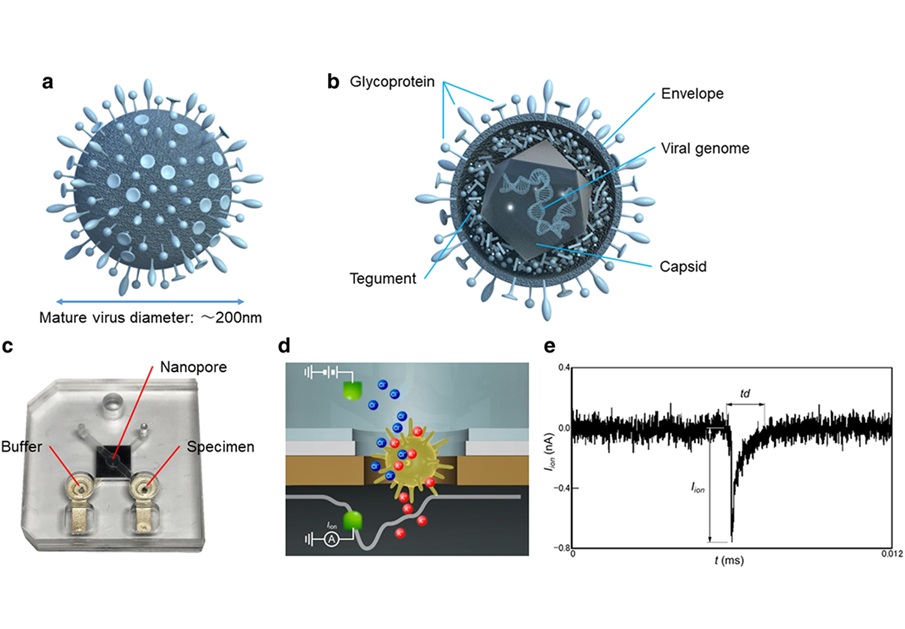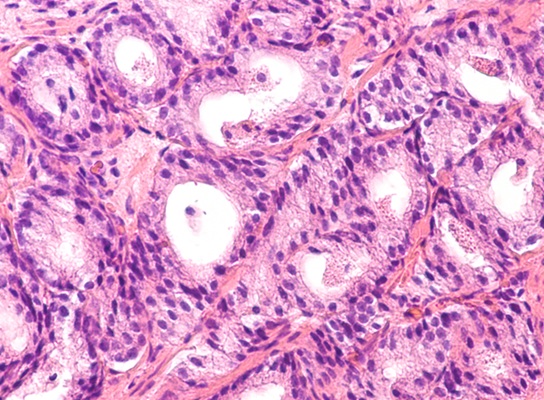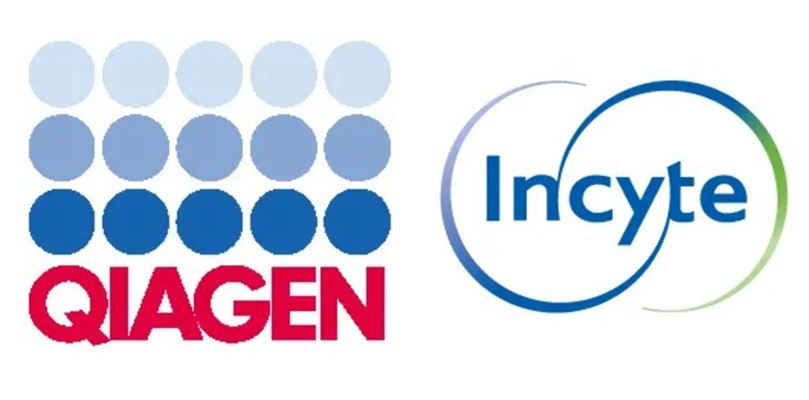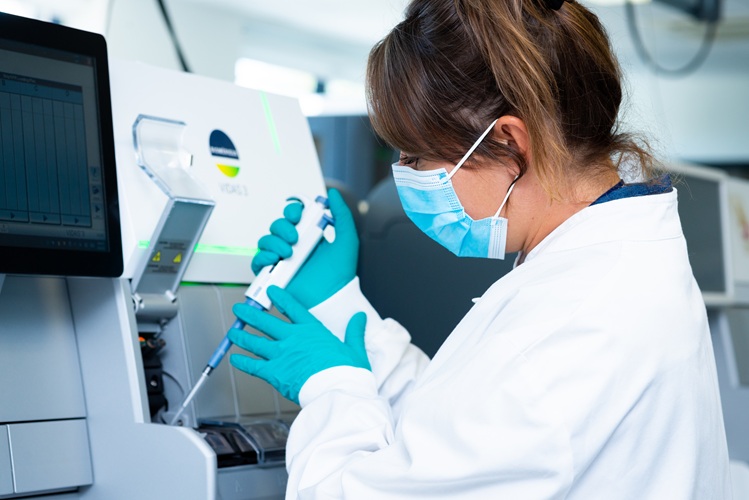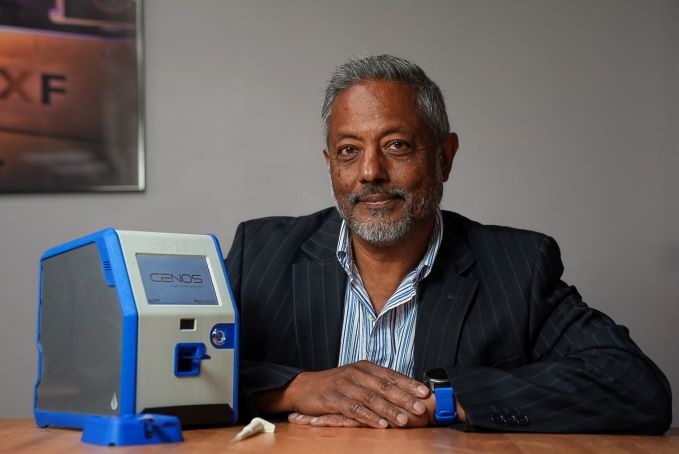Expo
view channel
view channel
view channel
view channel
view channel
view channel
view channel
view channel
view channel
Clinical Chem.Molecular DiagnosticsHematologyImmunologyMicrobiology
TechnologyIndustry
Events
Webinars

- Paper-Based Devices Outperform Existing Methods in Diagnosing Asymptomatic Malaria
- Simple Skin Test Could Revolutionize Diagnosis of Pediatric Eosinophilic Esophagitis
- Portable Diagnostic Tool Uses Bioluminescence to Detect Viruses at POC
- AI-Powered Lung Maturity Test Identifies Newborns at Higher Risk of Respiratory Distress
- AI-Powered Blood Test Accurately Detects Ovarian Cancer
- Advanced Computational Tool Paves Way for Diagnostic Tests to Detect Hidden Genetic Mutations
- Cardiac Blood Markers Can Strongly Predict Future Cancer Risk
- New Blood Test to Reduce Liver Transplant Failures
- Protein Blood Test Could Predict Future Cognitive Decline
- Pioneering Saliva-Based Multiomic Platform to Transform Early Oral Cancer Detection
- First Point-of-Care Heparin Monitoring Test Provides Results in Under 15 Minutes
- New Scoring System Predicts Risk of Developing Cancer from Common Blood Disorder
- Non-Invasive Prenatal Test for Fetal RhD Status Demonstrates 100% Accuracy
- WBC Count Could Predict Severity of COVID-19 Symptoms
- New Platelet Counting Technology to Help Labs Prevent Diagnosis Errors
- POC Diagnostic Platform Performs Immune Analysis Using One Drop of Fingertip Blood
- Treatment Switching Guided by Liquid Biopsy Blood Tests Improves Outcomes for Breast Cancer Patients
- First-Of-Its-Kind Device Profiles Newborns' Immune Function Using Single Blood Drop
- Stem Cell Test Predicts Treatment Outcome for Patients with Platinum-Resistant Ovarian Cancer
- Machine Learning-Enabled Blood Test Predicts Immunotherapy Response in Lymphoma Patients
- Rapid Diagnostic Test Slashes Sepsis Mortality by 39%
- Blood Culture Assay Enhances Diagnostic Stewardship Through Targeted Panel Selection
- Real-Time Genome Sequencing Detects Dangerous Superbug Causing Hospital Infections
- Diagnostic Test Accurately Detects Colorectal Cancer by Identifying Microbial Signature in Gut Bacteria
- Rapid Bedside Test Predicts Sepsis with Over 90% Accuracy
- Enhanced Lab Data Management and AI Critical to Labs of the Future, Finds Survey
- AI-Assisted Non-DNA Based Test Identifies Viral Infections in Minutes
- AI Method Predicts Overall Survival Rate of Prostate Cancer Patients
- Breath Test to Enable Early Detection of Breast Cancer
- First Ever Technology Recognizes Disease Biomarkers Directly in Menstrual Blood in Sanitary Towels
- bioMérieux Acquires Day Zero Diagnostics Solutions and Technologies
- Aston University and BG Research Partner to Commercialize Groundbreaking Medical Diagnostic
- Fujirebio Collaborates with Stanford Medicine to Advance Infectious Disease Research
- QuidelOrtho to Acquire MDx Company LEX Diagnostics
- QIAGEN Enters into New Strategic Partnerships for Expanding MRD Testing Portfolio in Oncology
- Gene Panel Predicts Disease Progession for Patients with B-cell Lymphoma
- New Method Simplifies Preparation of Tumor Genomic DNA Libraries
- New Tool Developed for Diagnosis of Chronic HBV Infection
- Panel of Genetic Loci Accurately Predicts Risk of Developing Gout
- Disrupted TGFB Signaling Linked to Increased Cancer-Related Bacteria
- Novel Algorithm Rapidly Identifies Cell Types to Improve Cancer Diagnosis
- AI Method Speeds Up Cancer Tracking Using Blood Tests
- New AI Tool Improves Blood Cancer Diagnosis
- Novel Platform Technology Predicts Diseases by Early Detection of Aging Signals in Liver Tissue
- AI Model Detects More Than 170 Cancer Types

 Expo
Expo
- Paper-Based Devices Outperform Existing Methods in Diagnosing Asymptomatic Malaria
- Simple Skin Test Could Revolutionize Diagnosis of Pediatric Eosinophilic Esophagitis
- Portable Diagnostic Tool Uses Bioluminescence to Detect Viruses at POC
- AI-Powered Lung Maturity Test Identifies Newborns at Higher Risk of Respiratory Distress
- AI-Powered Blood Test Accurately Detects Ovarian Cancer
- Advanced Computational Tool Paves Way for Diagnostic Tests to Detect Hidden Genetic Mutations
- Cardiac Blood Markers Can Strongly Predict Future Cancer Risk
- New Blood Test to Reduce Liver Transplant Failures
- Protein Blood Test Could Predict Future Cognitive Decline
- Pioneering Saliva-Based Multiomic Platform to Transform Early Oral Cancer Detection
- First Point-of-Care Heparin Monitoring Test Provides Results in Under 15 Minutes
- New Scoring System Predicts Risk of Developing Cancer from Common Blood Disorder
- Non-Invasive Prenatal Test for Fetal RhD Status Demonstrates 100% Accuracy
- WBC Count Could Predict Severity of COVID-19 Symptoms
- New Platelet Counting Technology to Help Labs Prevent Diagnosis Errors
- POC Diagnostic Platform Performs Immune Analysis Using One Drop of Fingertip Blood
- Treatment Switching Guided by Liquid Biopsy Blood Tests Improves Outcomes for Breast Cancer Patients
- First-Of-Its-Kind Device Profiles Newborns' Immune Function Using Single Blood Drop
- Stem Cell Test Predicts Treatment Outcome for Patients with Platinum-Resistant Ovarian Cancer
- Machine Learning-Enabled Blood Test Predicts Immunotherapy Response in Lymphoma Patients
- Rapid Diagnostic Test Slashes Sepsis Mortality by 39%
- Blood Culture Assay Enhances Diagnostic Stewardship Through Targeted Panel Selection
- Real-Time Genome Sequencing Detects Dangerous Superbug Causing Hospital Infections
- Diagnostic Test Accurately Detects Colorectal Cancer by Identifying Microbial Signature in Gut Bacteria
- Rapid Bedside Test Predicts Sepsis with Over 90% Accuracy
- Enhanced Lab Data Management and AI Critical to Labs of the Future, Finds Survey
- AI-Assisted Non-DNA Based Test Identifies Viral Infections in Minutes
- AI Method Predicts Overall Survival Rate of Prostate Cancer Patients
- Breath Test to Enable Early Detection of Breast Cancer
- First Ever Technology Recognizes Disease Biomarkers Directly in Menstrual Blood in Sanitary Towels
- bioMérieux Acquires Day Zero Diagnostics Solutions and Technologies
- Aston University and BG Research Partner to Commercialize Groundbreaking Medical Diagnostic
- Fujirebio Collaborates with Stanford Medicine to Advance Infectious Disease Research
- QuidelOrtho to Acquire MDx Company LEX Diagnostics
- QIAGEN Enters into New Strategic Partnerships for Expanding MRD Testing Portfolio in Oncology
- Gene Panel Predicts Disease Progession for Patients with B-cell Lymphoma
- New Method Simplifies Preparation of Tumor Genomic DNA Libraries
- New Tool Developed for Diagnosis of Chronic HBV Infection
- Panel of Genetic Loci Accurately Predicts Risk of Developing Gout
- Disrupted TGFB Signaling Linked to Increased Cancer-Related Bacteria
- Novel Algorithm Rapidly Identifies Cell Types to Improve Cancer Diagnosis
- AI Method Speeds Up Cancer Tracking Using Blood Tests
- New AI Tool Improves Blood Cancer Diagnosis
- Novel Platform Technology Predicts Diseases by Early Detection of Aging Signals in Liver Tissue
- AI Model Detects More Than 170 Cancer Types




